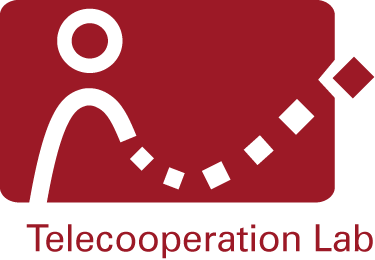Today's lecture halls are usually dominated by projectors and presentation tools that have displaced the classic sliding blackboards. Despite the many advantages of modern technology, there are also some drawbacks. On the one hand, the technology could “do more for the user” than it commonly does. On the other hand, the context given by seeing the previously written content is lost by each slide change.
The Digital Lecture Halls project aims to address both shortcomings of today's common situation. The presenter is assisted by components that allow efficient electronic communication (especially important for large audiences), annotation facilities, private “preview” screens, and automatic lecture recordings. Additionally, aspects of the room may be controlled, if the infrastructure allows this.
The audience benefits from improved interaction with the possibility of immediate or delayed feedback, and the display of a “history” of previous slides. This can also include screenshots of dynamic applications which can normally not easily be embedded into a “live” presentation, and may therefore also be missing from a recording of the lecture.
Compared to other approaches, the DLH offers a wide range of supported operations in a tightly integrated environment. It is also a very good test-bed for trying out new research directions and interaction approaches in both presence and distance teaching.
Publications
Please see the publication database for the current set of publications involving the Digital Lecture Hall project.
People
Project Leader
- Prof. Dr. Max Mühlhäuser
Project Coordinator
- Dr. Guido Rößling
Former Project Members
- Henning Bär
- Michael Hartle
- Georg Turban
- Gundolf von Bachhaus



